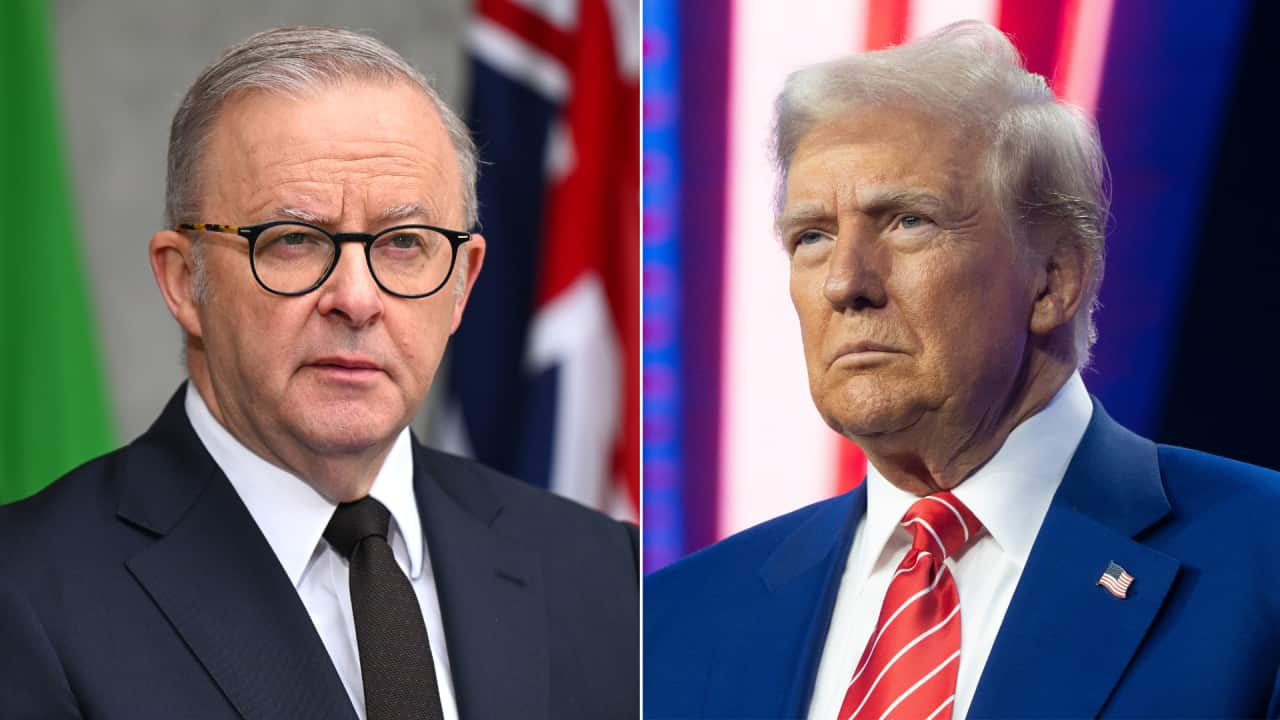Prime Minister Scott Morrison, in Sydney to deliver a speech on providing infrastructure to a growing population, has reopened the debate over Australia's immigration intake.
Mr Morrison says the country is struggling to meet the demands of infrastructure in many ways.
"Australians in our bigger cities, particularly here in Sydney but also in Melbourne and south-east Queensland, are very concerned about the rate of population growth. Not the existence of population growth, but the pace of population growth. The roads are clogged. The buses and the trains are full. The schools are taking no more enrolments. We have become, I think, in Sydney and Melbourne, a bit of a victim of our own success. And in south-east Queensland."
The Prime Minister has indicated, as a result, the number of people allowed to migrate permanently to Australia will probably remain lower under his Government.
He has outlined a different approach to determining the migration numbers.
"Our permanent-migration intake is currently running about 30,000 below what the existing cap is. In how we might decide what that cap would be in the future, my approach is to actually get away from the top-down* discussions about the population to set our intake cap and get into a discussion from the bottom up.* Now I believe that this is likely to end up in revising down the migration, permanent-migration, cap in Australia. That would be my expectation."
Melbourne based Indian Australian entrepreneur Saksham Katyal is not a fan of big cities.
He says “there is some merit to what Prime minister is saying however repeated governments have failed to develop quality infrastructure in regional areas.”
But before setting a new cap, the Prime Minister says, governments need to, as he puts it, "do our homework."
And expanding on his terminology, Minister for Cities, Urban Infrastructure and Population Alan Tudge has told the ABC the Government wants to give regional governments more of a voice in the decision-making.
"Instead of us at the federal level setting a top-down migration number which then flows to the states and territories, instead, we'd ask the states and territories, 'How many people can you accommodate in your cities, in your states?' And then we'll do that bottom-up aggregation and deliver those numbers as much as possible to them."
With the current permanent-migration cap at around 190,000 a year, Mr Morrison says he will put his migration plan to the states and territories at next month's ((dec)) Council of Australian Governments, or COAG, meeting.
"So I have a very simple proposal. I'm going to ask them, 'How many people can your state -- and break it down for me, if you may, between metro and non-metro areas and regions -- can those areas accommodate?' I'd really like to know. And they should know. Five years from now, 10 years from now, 12 months from now. They have a planning department. If they can't answer that one question, then you really need to think about why they're there, because they must be able to answer that question."
A recent Fairfax-Ipsos poll found 45 per cent of respondents thought migration numbers should be reduced.
But University of Melbourne population specialist Peter McDonald warns cutting the intake could worsen an already severe labour shortage as increasing numbers of baby boomers*** retire from the workforce.
"The young ones coming in are smaller cohorts who were born in the 1990s. We have a labour-supply crunch. Lots of investment contracts have already been signed for Sydney and Melbourne by business. There's a huge demand for labour. And Sydney and Melbourne will get that labour from somewhere. If they can't get it from international migrants, they'll get it from domestic migrants. So the effect of this will be to drag people out of Adelaide, Perth, Hobart, regional Australia, to Sydney and Melbourne."
Professor McDonald also questions whether reducing migration would have any impact on major capital-city congestion.
"Sydney and Melbourne are now quite big cities, but their transport infrastructure is not consistent with their size. And that's something which has been going on for a hundred years. So it's about the backlog in infrastructure and very little to do with population. It is a red herring.**** If we were able to cut Sydney's population by 15,000 next year, what difference would that make to congestion in Sydney? Nothing."




